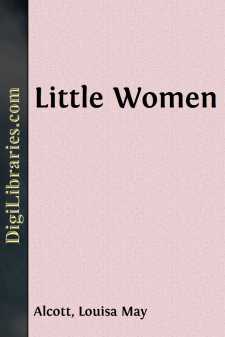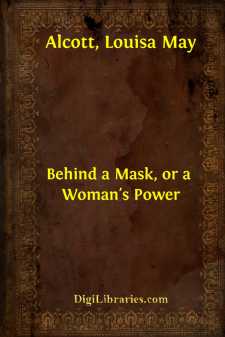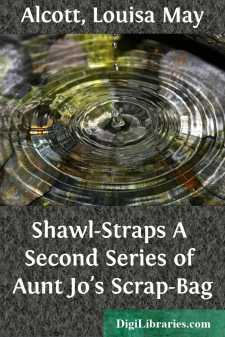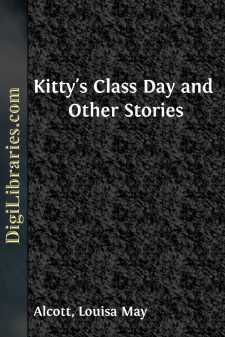Categories
- Antiques & Collectibles 13
- Architecture 36
- Art 48
- Bibles 22
- Biography & Autobiography 813
- Body, Mind & Spirit 142
- Business & Economics 28
- Children's Books 15
- Children's Fiction 12
- Computers 4
- Cooking 94
- Crafts & Hobbies 4
- Drama 346
- Education 46
- Family & Relationships 57
- Fiction 11829
- Games 19
- Gardening 17
- Health & Fitness 34
- History 1377
- House & Home 1
- Humor 147
- Juvenile Fiction 1873
- Juvenile Nonfiction 202
- Language Arts & Disciplines 88
- Law 16
- Literary Collections 686
- Literary Criticism 179
- Mathematics 13
- Medical 41
- Music 40
- Nature 179
- Non-Classifiable 1768
- Performing Arts 7
- Periodicals 1453
- Philosophy 64
- Photography 2
- Poetry 896
- Political Science 203
- Psychology 42
- Reference 154
- Religion 513
- Science 126
- Self-Help 84
- Social Science 81
- Sports & Recreation 34
- Study Aids 3
- Technology & Engineering 59
- Transportation 23
- Travel 463
- True Crime 29
Comic Tragedies Written by 'Jo' and 'Meg' and Acted by The 'Little Women'
Description:
Excerpt
A FOREWORD BY MEG.
In the good old times, when "Little Women" worked and played together, the big garret was the scene of many dramatic revels. After a long day of teaching, sewing, and "helping mother," the greatest delight of the girls was to transform themselves into queens, knights, and cavaliers of high degree, and ascend into a world of fancy and romance. Cinderella's godmother waved her wand, and the dismal room became a fairy-land. Flowers bloomed, forests arose, music sounded, and lovers exchanged their vows by moonlight. Nothing was too ambitious to attempt; armor, gondolas, harps, towers, and palaces grew as if by magic, and wonderful scenes of valor and devotion were enacted before admiring audiences.
Jo, of course, played the villains, ghosts, bandits, and disdainful queens; for her tragedy-loving soul delighted in the lurid parts, and no drama was perfect in her eyes without a touch of the demonic or supernatural. Meg loved the sentimental roles, the tender maiden with the airy robes and flowing locks, who made impossible sacrifices for ideal lovers, or the cavalier, singing soft serenades and performing lofty acts of gallantry and prowess. Amy was the fairy sprite, while Beth enacted the page or messenger when the scene required their aid.
But the most surprising part of the performance was the length of the cast and the size of the company; for Jo and Meg usually acted the whole play, each often assuming five or six characters, and with rapid change of dress becoming, in one scene, a witch, a soldier, a beauteous lady, and a haughty noble. This peculiar arrangement accounts for many queer devices, and the somewhat singular fact that each scene offers but two actors, who vanish and reappear at most inopportune moments, and in a great variety of costume. Long speeches were introduced to allow a ruffian to become a priest, or a lovely damsel to disguise herself in the garb of a sorceress; while great skill was required to preserve the illusion, and astonish the audience by these wonderful transformations.
The young amateur of to-day, who can easily call to her aid all the arts of the costumer and scene-maker, will find it hard to understand the difficulties of this little company; for not only did they compose their plays, but they were also their own carpenters, scene-painters, property-men, dress-makers, and managers. In place of a well-appointed stage, with the brilliant lights and inspiring accessories of a mimic theatre, the "Little Women" had a gloomy garret or empty barn, and were obliged to exercise all their ingenuity to present the scenes of their ambitious dramas.
But it is surprising what fine effects can be produced with old sheets, bright draperies, and a judicious arrangement of lights, garlands, and picturesque properties; and Jo's dramatic taste made her an admirable stage-manager. Meg was especially handy with saw and hammer, and acted as stage-carpenter,âbuilding balconies, thrones, boats, and towers after peculiar designs of her own....












